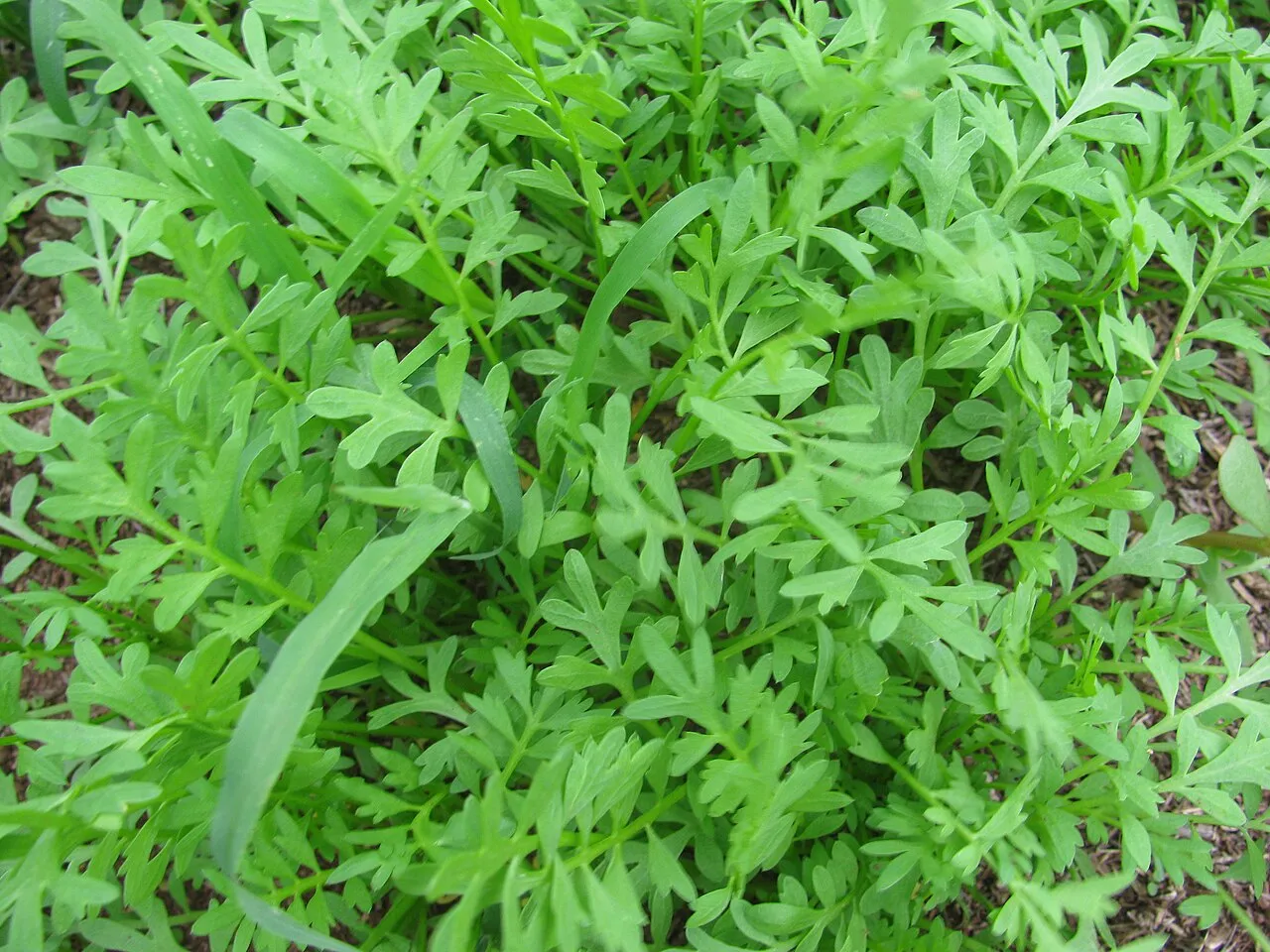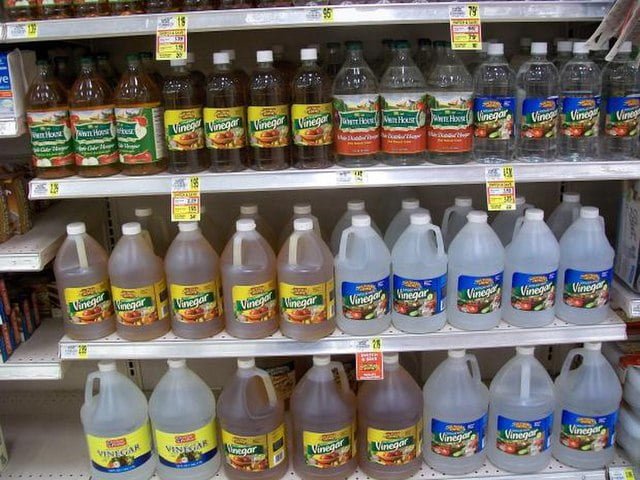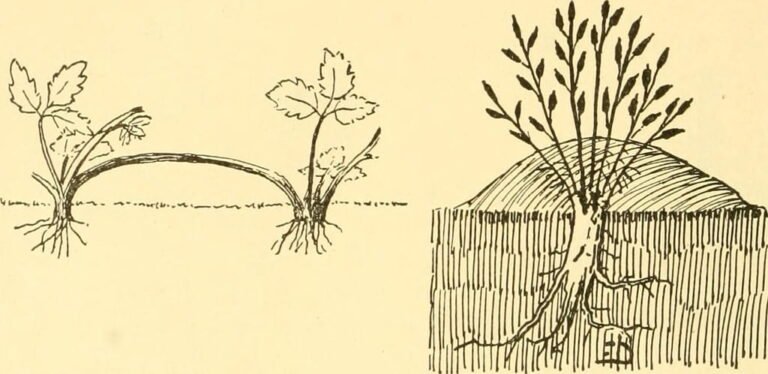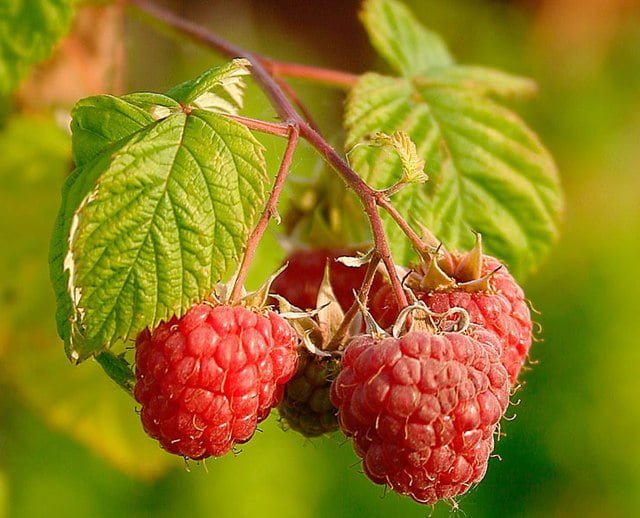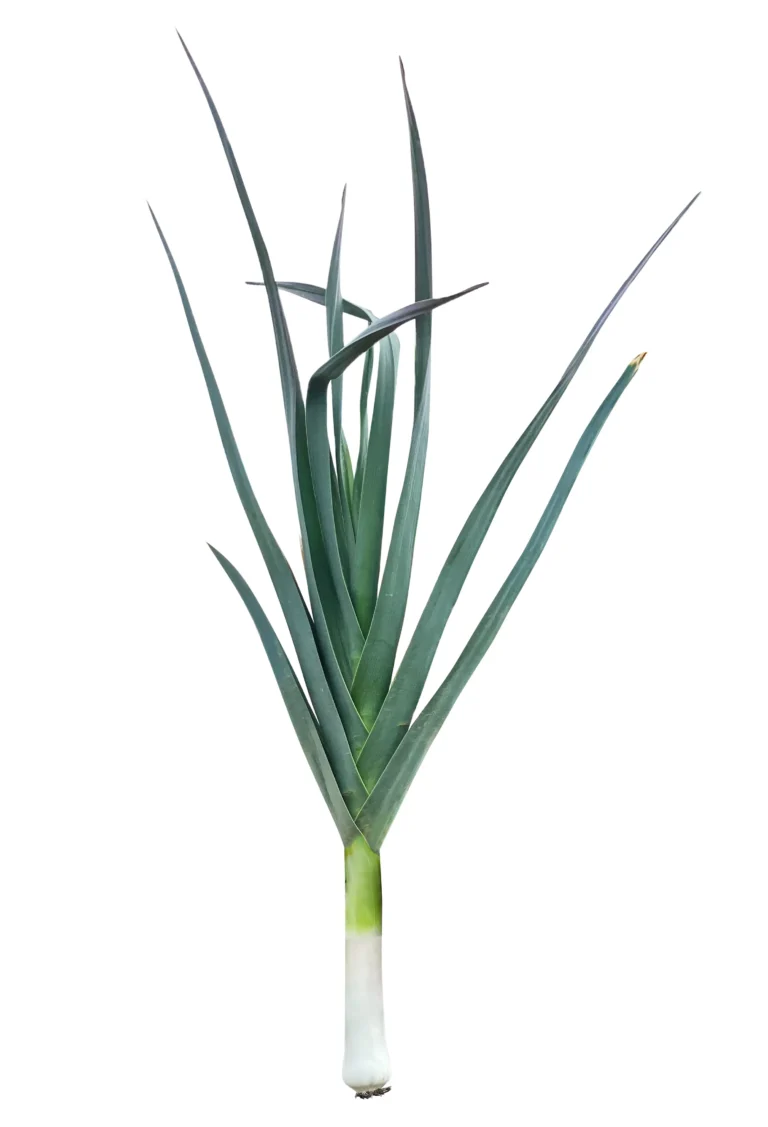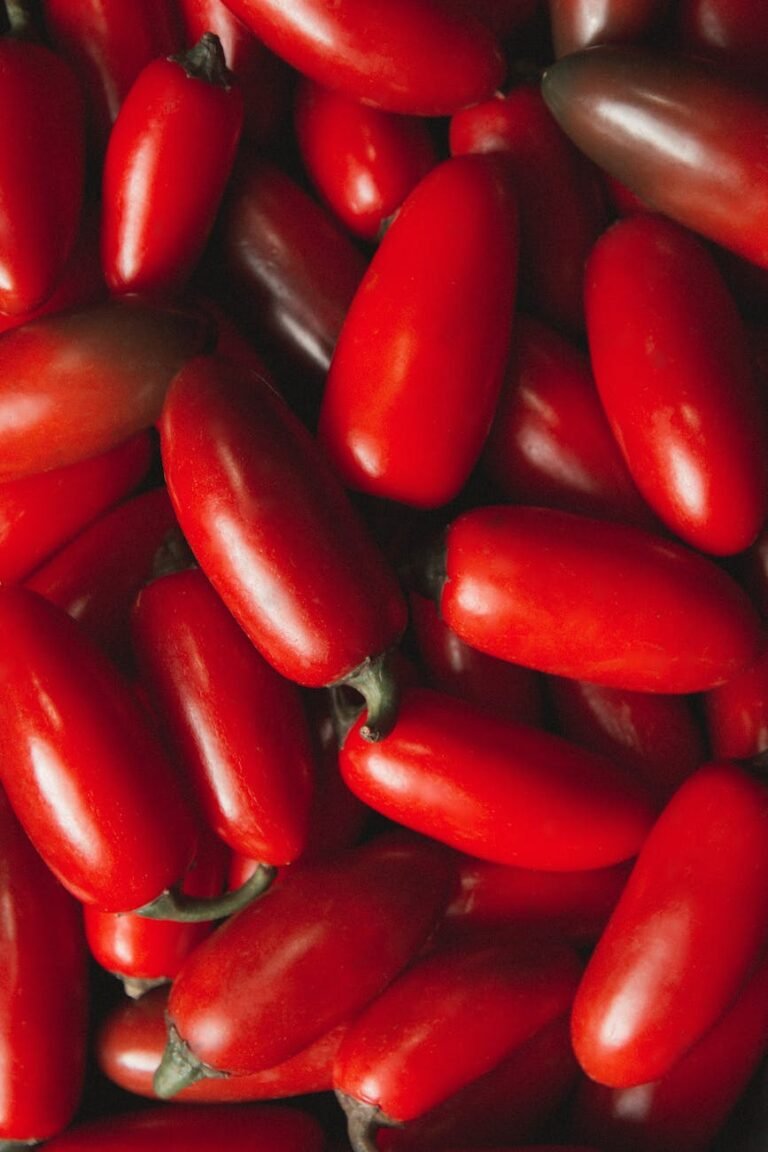Growing Pepper Grass: A Quick Guide to Spicy Salad Greens
Pepper grass, or garden cress, is a nutritious leafy green with a distinctive peppery taste. Rich in vitamins A, C, and K, it’s not only a flavourful addition to dishes but also a boost to your diet. Here’s how to cultivate this zesty plant in your own space.
Why Grow Pepper Grass?
Pepper grass is ideal for gardeners looking for quick results. It germinates in as little as two days and can be harvested within a couple of weeks. Its peppery flavour is similar to that of arugula or mustard greens, making it a versatile culinary herb. Additionally, garden cress can be grown year-round indoors, providing fresh greens even in winter.
How to Grow Pepper Grass
Selecting a Site and Preparing Soil
- Location: Pepper grass can be grown outdoors in garden beds or containers and indoors on windowsills or under grow lights. It prefers a sunny spot but will tolerate partial shade.
- Soil: Use well-draining soil rich in organic matter. For container gardening, a general-purpose potting mix is suitable. Ensure a pH between 6.0 and 7.0 for optimal growth.
Planting Pepper Grass
- Timing: For outdoor cultivation, sow seeds as soon as the soil can be worked in spring. Continue sowing every 2 weeks for a continuous harvest. Indoors, seeds can be sown year-round.
- Sowing Seeds: Scatter seeds thinly over the soil surface and lightly cover them with soil or simply press them into the surface. If planting in rows, space them 6 inches apart. Water gently but thoroughly.
Caring for Pepper Grass
- Watering: Keep the soil consistently moist but not waterlogged. Pepper grass has shallow roots, so it may require frequent watering, especially in hot, dry conditions.
- Feeding: Apply a balanced liquid fertilizer every 2-3 weeks if growing in containers. Garden beds enriched with compost at planting time typically do not need additional fertilization.
- Thinning: If seeds were sown densely, thin seedlings to 4-6 inches apart to allow ample room for growth.
Harvesting Pepper Grass
- When to Harvest: Start harvesting leaves when plants are about 4 inches tall, usually 2-3 weeks after sowing. Cut leaves with scissors, leaving the base of the plant intact to encourage regrowth.
- Continuous Harvest: By sowing seeds at intervals and cutting leaves regularly, you can enjoy a continuous supply of fresh pepper grass.
Using Pepper Grass
Pepper grass adds a peppery punch to salads, sandwiches, and soups. It’s also an excellent garnish for meats and cheeses. Use it fresh, as cooking may diminish its flavour and nutritional value.
Final Thoughts
Growing pepper grass is an easy and rewarding way to add spice and nutrition to your meals. Whether you have a full garden or a small indoor space, you can enjoy the fresh, peppery flavour of garden cress in just a few weeks from sowing.

